
Aston Martin recently appointed another new CEO, who has brought a bunch of highly regarded names to the table.
Without a doubt, Amedeo Felisa has submitted highly-flying plans and a watertight formula for product-driven prosperity, despite the ripe age of 76.
Having fired the previous number one, Tobias Moers of AMG fame, the majority shareholder Lawrence Stroll decided to put all his money on the Italian connection and its strong Ferrari background.
Meanwhile, the AML passenger car division is haemorrhaging cash as if there was no tomorrow, the state-of-the-art F1 satellite is accrueing championship points at a disappointingly slow rate, the market cap has plummeted to a little over £800 million, and the high-risk strategy for the next five to 10 years may drive the English sports carmaker straight into the arms of a new investor, or – in a worst case scenario, the liquidator.
What are the options for the fashion industry billionaire who is prepared to move heaven and earth to beat Ferrari at its own game? And what does it take to steer the coveted and still valuable brand to sustainable profitabilty?
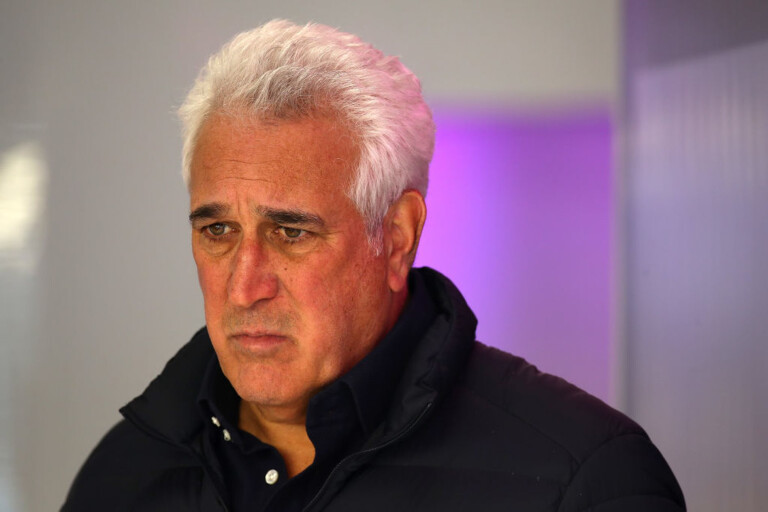
In early 2020, the Canadian tycoon Lawrence Stroll invested around £182m in Aston Martin Lagonda Global Holdings plc, which bought him a 16.7 per cent share of the company. This was later extended to 25 per cent. In October of the same year, Mercedes confirmed its intention to increase its holding in stages from 15 to 20 per cent.
Within the last twelve months, however, the AML share price fell from £26 to £10, fixing the current value at £813m. Since debts and other liabilities are claimed to amount to close to €1 billion, the company´s financial situation can only be described as dire. Which is bad news in view of the fact that Aston soon needs fresh funds to develop the eagerly awaited mid-engined sports car, not to mention a fresh range of fully-electrified classics and few-offs.
What is going to happen next? The low share price makes AML an attractive takeover candidate. Mercedes first considered a purchase years ago when they were still contemplating the Premium Sports Luxury division that would have included AMG, Maybach and Aston.
An Audi delegation was at the 2022 Jeddah GP approached by Stroll and allies. Both parties met again in Silverstone on May 7/8 at the team´s incredibly advanced F1 HQ to talk about possible joint efforts on- and off the track. Fielding one car as Audi and the second as Aston emerged as one of several options.

The Germans are also said to be inclined to check out the passenger car division, but after the rocky McLaren experience, they now insist on an early due diligence check – which takes at least four weeks and won´t be completed before early July. Apparently, Lucid Motors is also interested in developing a joint electric sports car architecture with Aston, but the cash-poor Americans would need a wealthy backer to make this off-beat programme fly.
The darkest horse in this autojumble is Geely. The Chinese MB affiliate, which already owns Lotus, Polestar, Volvo and Seekr, has repeatedly voiced a strong interest in Aston. It has the money to buy the company outright, but might alternatively provide access to Lotus and Seekr technology in exchange for a to be decided number of shares.
Unlike the colourful amateur investors who have been running the on-off Aston Martin show with mixed fortunes for most of the century, the Geely chairman Li Shufu has the power, the vision and the network to turn AML into a serious player in the premium sport-luxury market. Thanks to the Mercedes connection, the future product plan mapped out by the departed CEO Tobias Moers could be easily confirmed or reinstated, using AMG architectures, OS and drivetrains as planned.
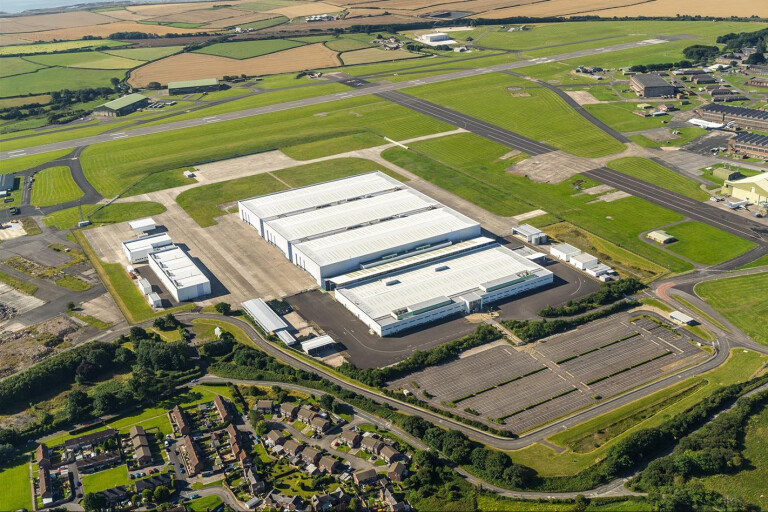
What exactly did go wrong for the previous chairman? On the surface, Moers was grilled for not meeting the delivery targets of the first batch of Valkyrie hypercars – which are instrumental for the firm´s cash-flow and image.
In reality, however, it was the initially unintended concerted effort of the predominantly-British Aston establishment and the majority stakeholder-cum -entourage that ousted the chairman after less than two years at the helm.
Mind you, Tobias Moers is not your generic easy-going, pragmatic and harmony-seeking top manager, but a relatively rough, and occasionally rowdy, certified engineer who was born to execute and deliver – not to deliberate and reconsider.
As a result, his arrival struck the Gaydon complacency like a bomb. It did not take the Swabian long to sift the wannabes from the pros – the first group was fired, the second merely tolerated. His main confidantes were the new COO Michael Stonaugh (ex-Bentley), the chief powertrain engineer Ralf Illenberger (ex-AMG) and the purchasing Tsar Aurelien Faucheux (ex-Nissan).
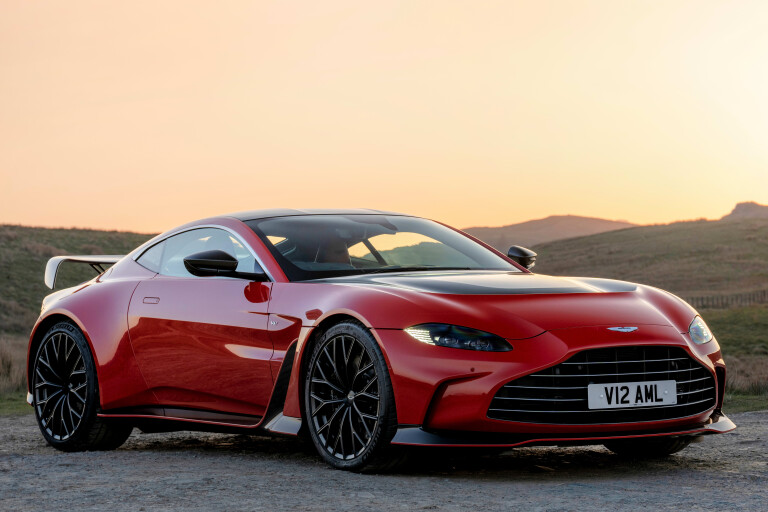
Making enemies, not friends, was an inherent part of the unavoidable collateral damage. The chief creative officer Marek Reichmann and Tobias Moers clashed early on in the game, the chassis guru Matt Becker threw in the towel soon after, and the lesser ranks were not exactly thrilled either when they found out that the head honcho was about to establish satellite R&D offices in Remshalde (a Stuttgart suburb) to get specialist work done faster and more professionally than in the UK.
No, the former-AMG chief certainly is neither Mr Nice Guy nor the world´s greatest motivator. But he was firmly on track to speed up the transformation to a sleeker digital company until Monday, May 2, when, upon his routine arrival in the UK, the luckless HansDampf was told that his services were no longer required.
Since late last year, the writing on the wall left little doubt that the end of the TB regime was near. While Marek had virtually free reign as design was in many cases prioritised over engineering, Tobias struggled to please the big boss who later hired Amedeo Felisa as chief technical advisor. He also mulled over installing his new friend as the next CTO, which would have further undermined the CEO's already shaky standing.
At a princely rate of £10,000- a-day (all salaries are made public by law), the former Ferrari chairman started to put together his own shadow cabinet. Over a short period of time, Felisa gathered a bunch of well known former Ferrari workmates like Marco Mattiacci (sales and marketing), Roberto Fedeli (recently confirmed as the future CTO) and Vincenzo Regazzoni (manufacturing). Weeks before he left, Moers himself took on Claudio Santoni, the driving force behind the breakthrough McLaren carbon fibre tub.
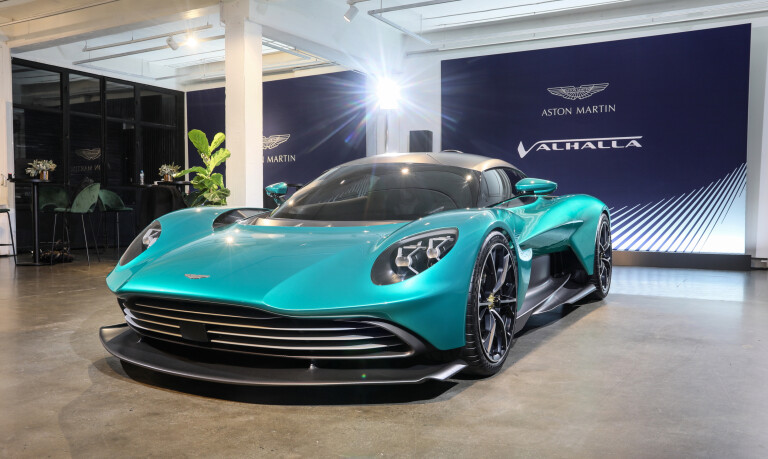
People who know him picture Lawrence Stroll as a dedicated motorsport guy, a shrewd businessman, an avid car collector and a retail specialist who is about to open a number of AML flagship stores all over the world to boost the ho-hum brand image, sources say.
Insiders describe him as supportive, but not always trusting, a sports car aficionado rather than a visionary, an executive who doesn't take no for an answer and enjoys running his one man show from the lofty top.
But he is a newcomer to the car industry, and the paradigm shift from combustion engines to fully-digitalised EVs is neither his pet subject nor his forte. Within only six months, he turned from a half-hearted Moers supporter to a full-time sceptic. In the end, he obviously had more confidence in Marek and Amedeo than in Tobias, who had played all his aces by laying out a solid future product portfolio that relies heavily on Mercedes platforms, systems and software.
One of Felisa's many claims to fame is his very first modular all-aluminium Ferrari architecture capable of underpinning front- and mid-engined sports cars of all sizes. It was an ingenious concept, quite affordable and modular before the word became common language, highly flexible and with a huge potential for multi-cycle evolution.

When the commendatore-to-be first arrived in Gaydon, he found a relatively modern and closely related model range consisting of Vantage, DBS, DB11 and DBX. In a different orbit, AML had just launched the Valkyrie hypercar and was laying the finishing touches on the Valhalla supercar, both developed and built in conjunction with the UK specialist supplier/manufacturer Multimatic – which is also in charge of the AMG One.
While the marque's own V12 would need work to meet the EU7 emission norm, the AMG V8 is a safe CO2 bet through the end of the decade.
Under Moers, the convoluted production process was straightened, the scope of the colour and trim facility was drastically expanded, the scalable rear subframe of Valkyrie and Valhalla was the designated basis for all future mid-engined cars – perhaps even including the upcoming EVs.
Had Stroll supported this clear-cut strategy, he would have kept his German front man, no doubt about it. But the fashion tycoon fell for Felisa instead.
Why? Because with a bit of luck and extra effort, no one can design, develop and build a better Ferrari fighter than the best chief engineer Ferrari ever had.
But here comes the crunch: Felisa is allegedly not prepared to make Gaydon his new second home. Instead, he would prefer to transfer the R&D department lock, stock and barrel to Northern Italy, where talent, suppliers and facilities are readily available in the heart of the Modenese motor valley.
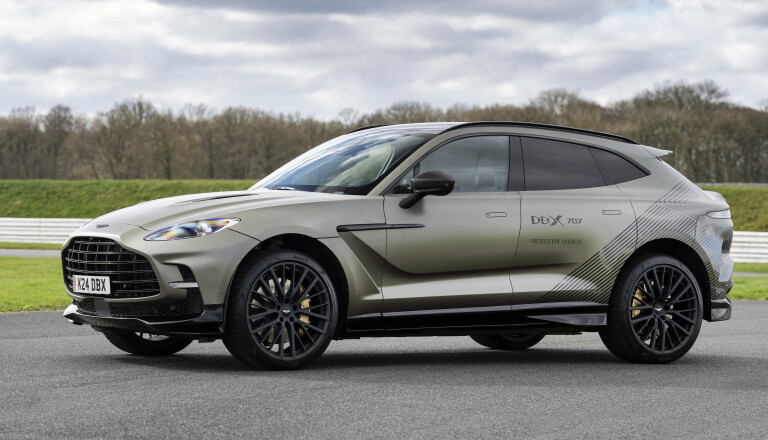
There was talk about Aston moving into the Silk Roads/FAW complex in Reggio Emilia, where the Chinese start-up planned to assemble that ominous de Silva-designed e-hypercar announced in February 2021.
But upon closer inspection, the incubator techno park turned out to be little more than a fenced greenfield site on the appropriately named Viale Felisa. It's still possible a pending notary agreement will provide access to this conveniently situated location, but scouts are simultaneously checking out possible alternatives in the greater Boilogna area.
Mind you, we're talking about a design and engineering centre, not a full-scale assembly plant.
What is going to happen to Gaydon, you ask? According to those in the know, AML has a while ago signed a sale and lease-back scheme, which would allow them to close the site for good with very few strings attached. Right now, the maximum theoretical capacity with all the stops pulled out is a claimed 27,000 units – 12,000 in Gaydon and 15,000 in St Athans, Wales – which only opened in November 2019.
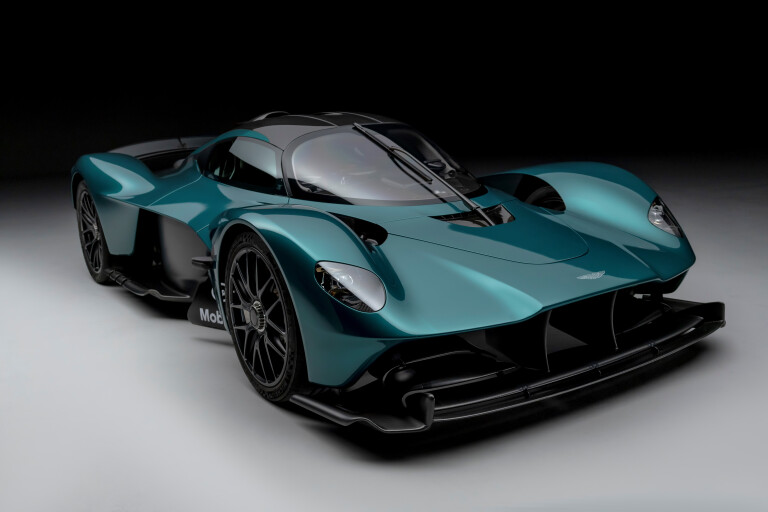
Having invested more than £200m in the Silverstone F1 showcase premises and facing a major revirement of the sports car division, Mr Stroll needs to keep a watchful eye on his cash-flow, so shutting Gaydon may indeed be a shrewd move.
Only time will tell whether the Italian connection is an equally clever strategic gambit. The up-front expenditure is bound to be considerable, and the return on investment won't show on the balance sheets before 2025 when that mid-engined Project AM900 is expected to debut.
At this time, the marque's crystal ball is clearly loaded with plenty of ifs, buts and question marks. Will the new leadership use the hybridised 622kW Mercedes V8 as planned, or revive its own, more compact and lighter 708kW 3.0-litre V6?
Does deriving the mid-engined Vanquish from that modular high-end hypercar/supercar DNA really warrant a water-tight business case? Which role will the DB12 (follow-up to the DB11) play, and what about that allegedly dramatically different DBS replacement? Is Aston about to fall in the McLaren rut by spreading too little substance over too much ambition?
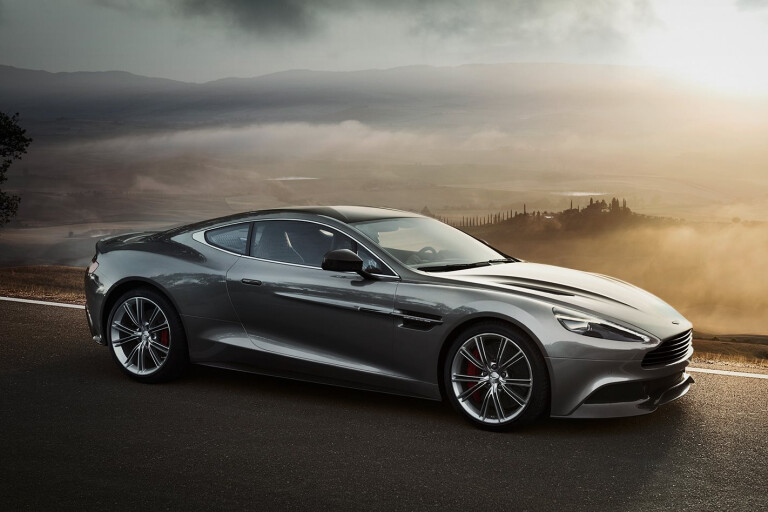
Let's, for a start, look at the role Mercedes will likely play in the restructuring. According to a couple of sources from Stuttgart, the open-end co-operation deal with Aston is surprisingly flexible. In a nutshell, it's a friendly can-do scheme, not a must-do arrangement.
The Germans are willing to supply engines and other componentry including complete architectures at comparatively favourable rates, at least until the end of the decade.
But there is an exit clause which lets AML off the hook short-term should the company choose to change direction. Also, Mercedes has yet to officially agree to be Aston's EV partner. The contract with Multimatic is a separate item.
Since the specialist shop is about to ink a major long-term contract with Ford, Aston may have to renegotiate or find a new supplier – think Dallara, sit back and relax. The final assembly for all models could quite easily be pooled in St Athans where labour is cheap but qualified personnel hard to come by.
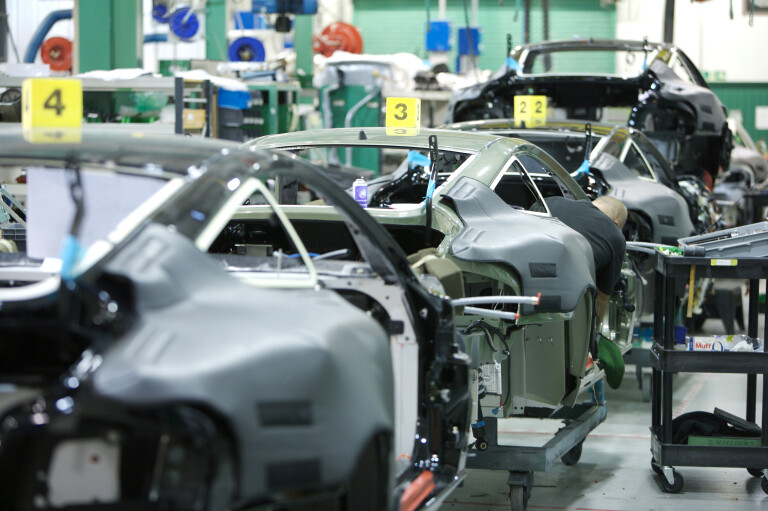
More than two years since the first announcement, both the Valkyrie and the Valhalla look underpriced and are thus unlikely to earn the targeted margins, the tag the bigwigs have in mind for the 622kW AM009 (new Vanquish) is tipped to undercut the Ferrari F296, and the ageing front-engined sports cars which are about to receive a facelift complete with a new IP are not exactly surefire long-term money makers either.
Adding the Valkyrie Spyder and a track-only version should help, but the main vessel hope is the DBX – which goes PHEV next year, while the rumoured coupé is still hanging around behind the scenes.
Last but not least, the Vantage is due for a number of design and engineering upgrades which should include a new 447kW-plus top-of-the-line V8 powertrain. That's a lot of variation, complexity and low-volume niche product for a manufacturer which sold 6200 vehicles last year – an 80 per cent increase over 2020, but still not even close to Ferrari's 11,155 units.

The fully-electric age should dawn for AML no later than 2027 when the first battery-powered SUV is due, which will probably be sold alongside the DBX for some time.
It shares its underpinnings with a brand-new AMG crossover dubbed X591. Although it is available to Aston, management has so far rejected the four-door EV coupé based on the AMG GT-S replacement.
Not unlike the slow-selling Rapide in character and ability, this bodystyle was once considered as a possible comeback star for Lagonda, but reviving the almost forgotten brand turned out to be much too costly.
Which leaves the brand with a zero-emission coupé and roadster expected in 2028 and 2027 respectively. While the roadster is in essence a rebodied and more powerful variation of the follow-up to the next Mercedes AMG SL, the coupé owes its genes to the future e-power AMG GT codenamed C592. The DB12 due in 2025 and the next DBS – if it happens at all – are expected to go down the PHEV avenue. Is this plan still up-to-date? Only messieurs Felisa and Stroll know the answer.
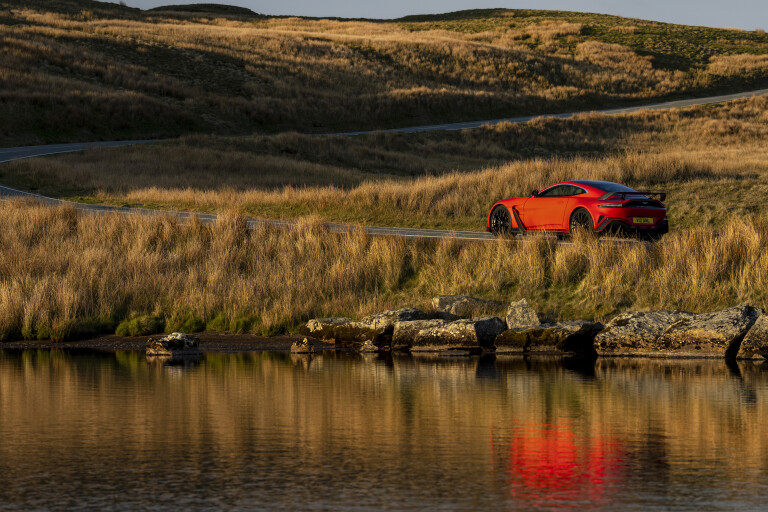
The biggest challenge these two men are facing concerns a magnitude of adaptation and integration issues.
At a point in time when the inside line to Mercedes and AMG needs to be reconfirmed, fusing Anglo-German hard- and software, rewriting programmes for both brands, linking two operating systems, co-ordinating a host of interfaces and creating a common, fully flexible and upgradable electronic architecture is bound to be an arduous, time-consuming and costly task.
Even though Felisa, who still is one of the top guys in the business and who – unlike Moers, the solitary soldier – has several right-hand aides he can actually trust, may find this conflict situation uncomfortably tricky.

Moving R&D to Italy, maintaining a pragmatic relationship with Mercedes AMG, deciding what to do with Gaydon, satisfying an impatient and increasingly disillusioned majority owner, and making that better-than-the-rest Ferrari-beating sports car come true is bound to rock even the most confident mindset.
Even at the time of writing, this report may already have been rendered void by secret proceedings behind the scenes. Audi has allegedly agreed in recent days to take the next step towards an in-depth evaluation, even without prior authorization by the board and Geely's confirmed hunger for AML is reportedly growing as the course of events keeps sweetening a possible deal, and the investor community is without a doubt stimulated by the deflated market value.
One thing is clear: chances that Aston will rise like a phoenix from the ashes without outside support, fresh capital and radical restructuring efforts are diminishing by the day.

COMMENTS